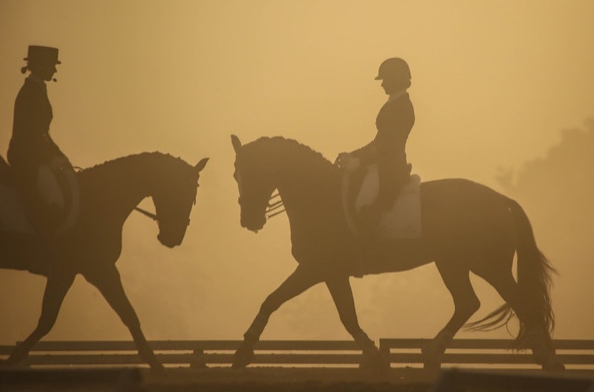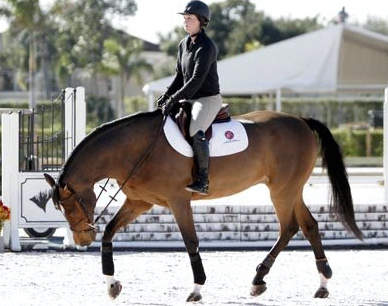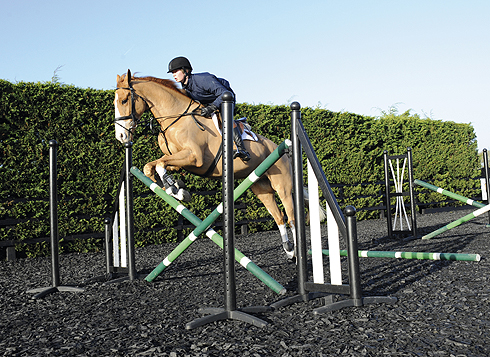When working your horse it is important to remember that the warm-up and cool-down phases are as crucial as the exercises you work on, this will support better performance and wellbeing long term.
When working on the flat (or over jumps), follow these tips to help improve your horse’s flexibility, development and overall performance:
As soon as you get on allow your horse to walk for 10-15 minutes on a long rein, especially if he has been standing in the stable before being ridden – Allow an extra 5 minutes in winter, especially with older horses to help warm up their muscles and joints.
Gradually shorten your reins, a warm-up in walk doesn’t mean you are not working your horse, start to ask him to move forward and straight, keeping him channeled between your reins and legs, change the rein, do transitions to halt, circles, leg yielding, etc.
Once you move forward into trot you’ll be surprised on how much looser your horse is already, and willing to work. If you have a particularly stiff horse remember that the stiffer your horse is, the looser you need to be. Let him soften with you rather than you getting stiffer with him!
Listen to your horse. Go through your work routine and whether you are jumping or working on the flat always remember to make sure you are not overdoing it, (or not doing enough) for your horse’s fitness level.
Cooling down is as important as warming up properly. We often don’t give our horses enough time to recover after their work routine. Before you walk back to the stables remember to make sure your horse’s breathing and heart rate are fully back to normal and he has been allowed to stretch his neck and back. This phase will allow the muscles to cool down gradually to prevent the build up of lactic acid that will cause sore muscles and stiffness.
 Follow ReadySupp on social media and via our newsletters for useful (and interesting) articles on nutrition, training, events and equestrian news from our experts. ReadySupp Co-Founder Didi Verdina is our ‘training’ expert, she continues to teach in her spare time, competes, and she is qualified to BHSI level (Italian equivalent). Visit our homepage to subscribe.
Follow ReadySupp on social media and via our newsletters for useful (and interesting) articles on nutrition, training, events and equestrian news from our experts. ReadySupp Co-Founder Didi Verdina is our ‘training’ expert, she continues to teach in her spare time, competes, and she is qualified to BHSI level (Italian equivalent). Visit our homepage to subscribe.
If you have any questions on equine supplements, and want to improve your horse’s health, performance, or attitude give our friendly team a call 01672 541 157 for advice. We won’t try and hard sell you anything – we promise.





